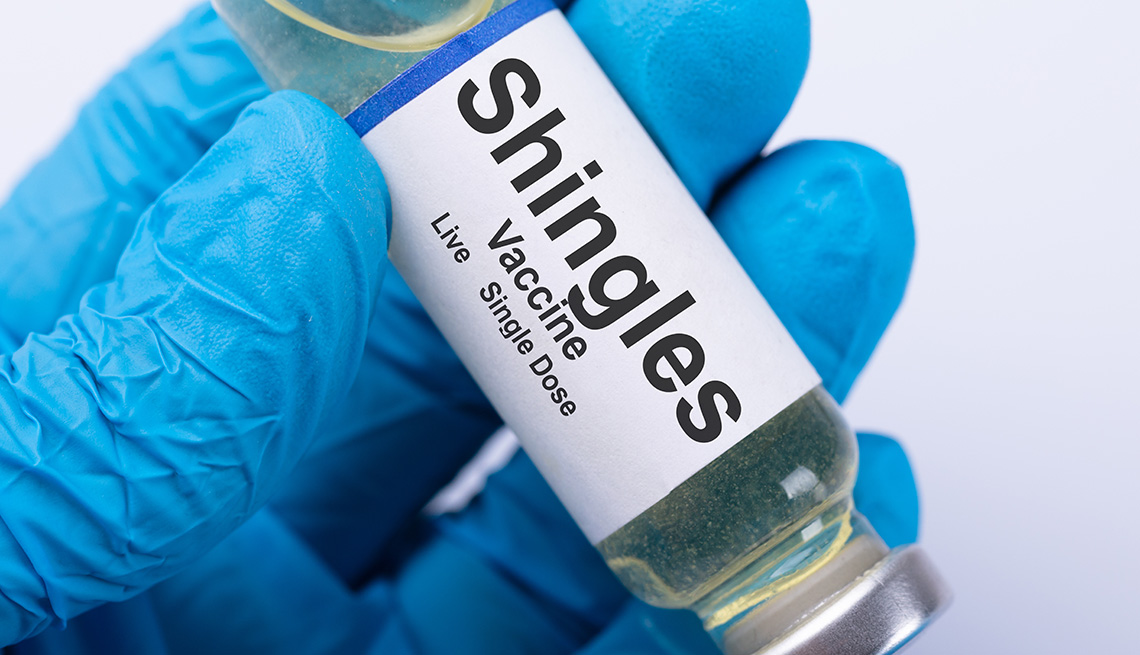


PHN is a severe burning, throbbing or stabbing nerve pain which can last for several months or even years after the shingles rash has gone. It prevents two thirds of cases of post-herpetic neuralgia (PHN) in older people. For those who do get shingles, it should reduce the severity of the illness. Research shows that Shingles vaccination is expected to reduce cases of shingles infection by 38% (for adults over 70 years of age). The patient information leaflets for the shingles vaccines available in the UK can be found here: For those who cannot receive live vaccines, Shingrix is offered as an alternative to provide protection for people who are immunocompromised.
AFTER EFFECTS OF SHINGLES VACCINE INJECTION UPDATE
For more information see the MHRA's Drug Safety Update (April 2016). This is because the vaccine strain could replicate too much and cause a serious infection. Zostavax should not be given to people who are clinically immunosuppressed (either due to drug treatment or underlying illness). There are two shingles vaccines: Zostavax, which contains a live strain of the varicella-zoster virus that has been weakened (attenuated), so that it stimulates the immune system but does not cause disease in healthy people and Shingrix, which contains an inactivated form of the virus to activate the immune system. The vaccine is offered free of charge to all people in their 70s in the UK. It can safely be given at the same time as the seasonal flu vaccine and the Pneumococcal Polysaccharide Vaccine (PPV) (see 'More Information' below). This vaccine gives protection against shingles, a painful skin rash caused by the reactivation of the chickenpox (varicella-zoster) virus in people who have previously had chickenpox.


 0 kommentar(er)
0 kommentar(er)
